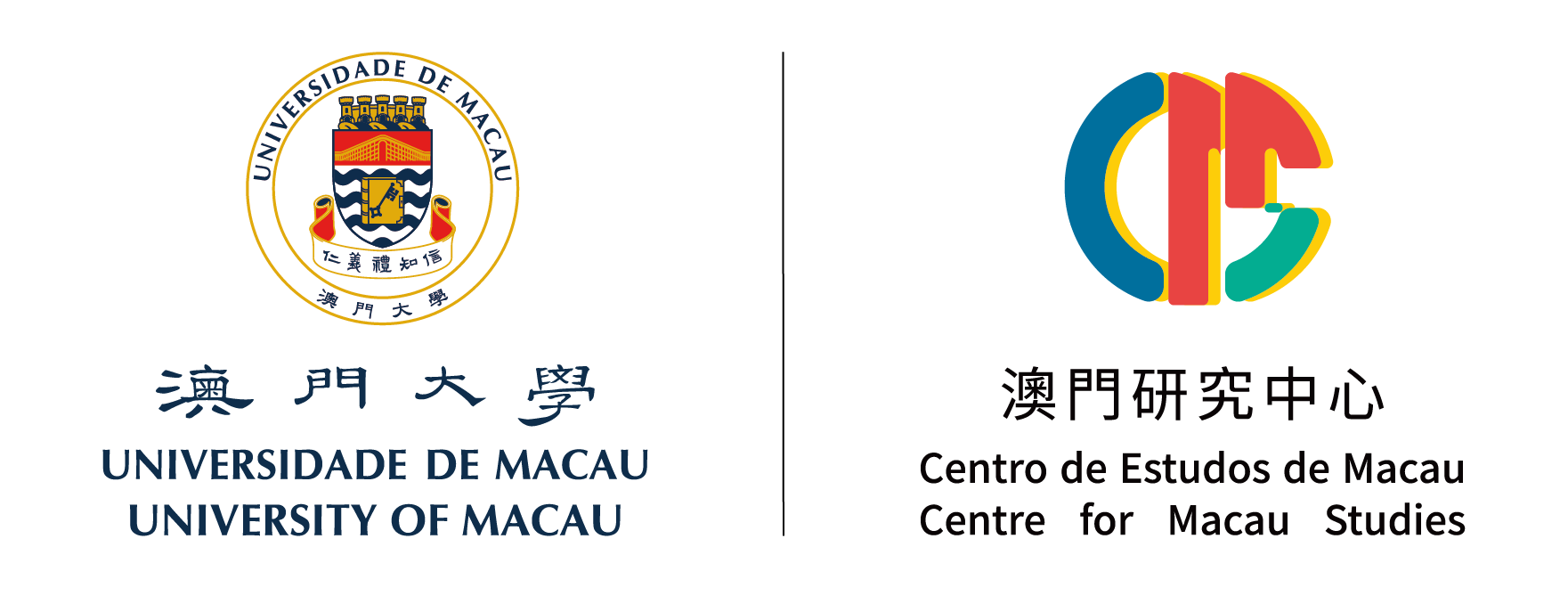
| 標題 Title |
從日葡貿易看 16 世紀長崎港的建立及意義 The Discovery of Nagasaki Harbor and its Meaning Based on Trade between Portugal and Japan |
|---|---|
| 作者 Author |
張蘭星 ZHANG Lanxing |
| 摘要 Abstract |
16世紀,葡萄牙人來到日本,隨即開展傳教、經商活動。最初,葡船沒有固定停泊港,葡人經常改變活動地點。其後,他們考察了本州、九州各港,但也沒有找到最佳港口。葡商及耶穌會最終看中大村氏的長崎,並選定此處為泊船固定港。從此,長崎港成為日葡貿易及日本對外交流的重要窗口,其興起對日本近代的發展具有特殊意義。
In the early 16th century, the Portuguese came to Japan to preach and trade. Initially, they did not have stationary ports at which to dock in Japan. Thereafter, Portuguese merchants and the Jesuit began to investigate several potential ports in Honshu and Kyushu, but none of them were suitable. Shortly after that, they discovered Nagasaki, which was one of the best ports in Daimio Omura’s domain, and they decided to come there annually. From then on, Nagasaki became an important window between Japan and foreign countries for trading, and it had special meaning for Japanese modernization. |
| 關鍵詞 Keywords |
葡萄牙,日本,長崎 Portugal, Japan, Nagasaki |
| 下載 Download |
Link |

